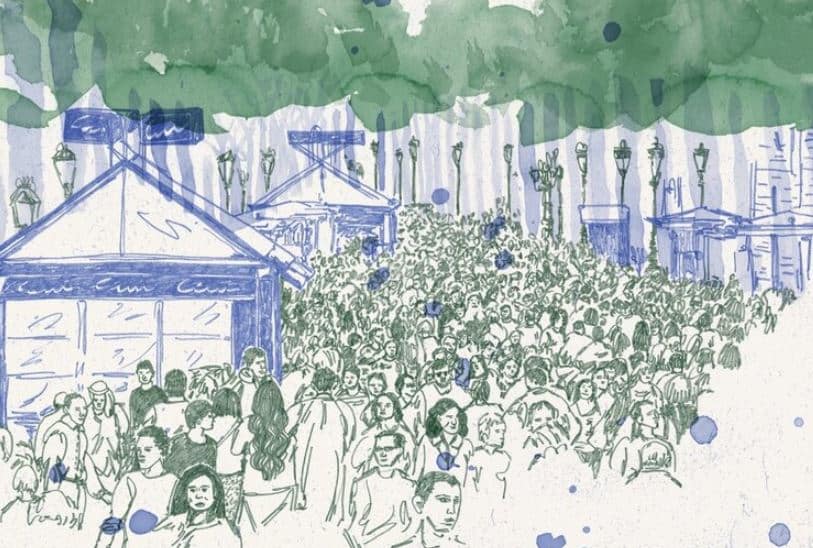Insurance messenger: At the Vienna University of Technology – together with a research team from the Institute for Financial and Actuarial Mathematics at the University of Liverpool – you developed the model of a “parametric insurance” for epidemics. First of all, it is noticeable that when the coverage risks are high, more and more products that provide parameters are used. For example, parametric weather insurance has recently appeared on the market. So now your proposal for parametric pandemic insurance. How does such an insurance work? And what is the advantage of insuring the parameters compared to a “classic” insurance product that compensates for any damage incurred afterwards?
Julia Eisenberg: The parametric insurance model is the result of a joint work with Carmen Boado-Penas, Corina Constantinescu and Şule Şahin, who are all researching at the University of Liverpool. As the name suggests, payouts with parametric insurance depend on a parameter. If you consider catastrophic events such as the hurricanes, the wind force could be such a parameter. If the wind force exceeds a certain contractually stipulated value, a contractually stipulated payment is due. Since you don’t have to determine the actual damage, the payment – and that means: the necessary help – can be made immediately.
It is of fundamental importance here that the trigger cannot be influenced by either the insured person or the insurance company. In our example, the wind speed can be measured objectively, possibly with several stations. This avoids the problem of moral hazard. So there is no way to manipulate the insurance.
… and how can this example be transferred to parametric epidemic insurance?
In the case of an epidemic, there are initially no ready-made parameters that would rule out moral hazard. We therefore propose the following scheme: First, determine which country has successfully “fought” an epidemic in the past. The infection rates (number of newly infected people relative to the number of uninfected people on the previous day) in this country, divided among the city observations, provide the comparison data set. Over the entire course of the epidemic, the best distribution that describes the infection data of the reference country can be found day by day using the statistical methods. From this distribution one can now, for example, calculate the development of the expected values over time. The curve obtained provides information on how the situation is developing.
In order to avoid accidental outbreaks and manipulations, the expected value curve is smoothed using the moving average method (for example over seven days). This function serves as a target curve or parameter curve for the proposed parameter insurance. With the help of the distribution obtained, the new curve in the event of an epidemic is calculated from the new data in the manner described. The insurance payments are divided into several tranches. The times of payment are fixed. The course of the new expected value curve is observed and compared with the target curve. If the new curve intersects the target curve, no further payments will be made.
Of course you also need one or more triggers. The first trigger can be, for example, the point in time when the insured country declares a state of emergency. Further triggers can simply be fixed points in time – with the target curve being used to check how the infection rates are developing.
At the same time you can ask for a certain number of tests. These should not necessarily be individual. Group tests can also be used to save costs. The application of the tests must be monitored. The risk of manipulation is particularly great at this point.
– .


